
Simple Ways of Preventing Mould in your Home
There are many simple ways of preventing mould in your home and there are many simple steps one can take to ventilate and control mould before it will control us.Continue reading to find out more about:What is Mould and How does it Come About?Simple Ways of Preventing Mould in Your HomeRemove the Moisture and Keep it to a MinimumVentilate to Remove the MoistureKeep a Warm Atmosphere IndoorKeep it Clean and Tidy at HomeTreat the Mould Quickly and Keep at It!Ventilation Solutions at Sparks The reality is that, as we construct and refurbish our homes to become more energy efficient, the improvements made by adding cavity wall insulation, loft insulation and double glazing can have a detrimental effect on the air quality within our homes. By implementing these various improvements we have effectively sealed them up. However, doing so has created poor ventilation in our home. For example, an average family will create over a hundred pints of moisture a week, through normal household activities such as cooking, washing, ironing, bathing and even breathing. However now that there is nowhere for this moisture to go it can often lead to condensation and inevitably mould growth. What's more this high humidity also increases things that we don't notice such as the levels of dust mites a known trigger for allergies and asthma.What is Mould and How does it Come About?You may have spotted a small patch of mildew in the bathroom or some black or dark spots of mould on the bathroom wall - that is mould. Getting rid of that mould and making sure it does not return should be your top priority. What is mould? Mould is a fungus that forms when there's dampness in the house or on the wall; it breaks down dead material. If we allow mould to get a foothold in our homes, it will grow quickly, for it thrives in moisture, and warm air together with a cold wall, and it feeds on materials such as wood, carpet, or dust. If we do not remove the mould and do not take care of the proper ventilation, it will continue to develop. We may think a little mould may not harm us, but dead spores can be harmful to our health, so it's important to remove mould and also wear a mask when doing this. Mould comes about by means of tiny spores, which are invisible to the naked eye and float through outdoor and indoor air. When these spores land on wet surfaces that are not properly ventilated, they form mould, which is not good. One of the main causes of mould is condensation. Mould appears as pinpoint black spots, usually on the side surfaces of external walls, in corners, and in poorly ventilated spaces, such as behind the wardrobe or the cupboard. Other causes of dampness include plumbing leaks, water leaks, roof leaks, damaged outside walls or eroded painting, high garden or path levels overlapping the damp-proof course, etc.Simple Ways of Preventing Mould in Your HomeSince the increase of moisture and the lack of ventilation of surfaces that tend to be wet are the main causes of mould, we need to make sure we prevent mould in our homes. There are many simple ways of preventing mould in our home, all of which have to do with the different activities and things we do throughout the day. Here are some of the simple ways of preventing mould in our home. Remove the Moisture and Keep it to a MinimumThe increase of moisture content in the air results in an increased risk of condensation, and mould may grow as a result. Therefore, we need to remove the moisture in the air. If the moisture resulting from cooking, bathing, hair drying, laundry drying, and other such activities is not removed, condensation will form and mould may grow, especially if your home is dusty. When cooking, it is recommended to close the door to the kitchen and open the window or the cooker hood. It is also good to make sure you use pan covers to prevent steam from escaping the kitchen. When it comes to drying clothes, avoid drying your laundry indoors, especially on radiators or in bedrooms where they can release a lot of moisture. Opening the windows to create airflow helps. Tip: one way to remove the moisture is by wiping it away with a cloth and squeezing any water in the sink.Ventilate to Remove the MoistureMoisture in the home is unavoidable, but ventilation can remove it and reduce it. Especially when taking a shower, bathing, drying the laundry, cooking, or even when drying your hair with the hair dryer, moisture is released. It is good to make sure you ventilate the space. Open a window when cooking or bathing, and make sure the bathroom fan is ON to remove the extra moisture. It is good to keep an airflow by keeping the windows open to allow fresh air to flow in and reduce the likelihood of condensation accumulating. Also, it is good to keep a distance of 5cm or so between furniture and the wall that faces outside so that we allow air to move around. Tip: if you have pets, it's good to bathe them and wash their bedding regularly during winter; furthermore, it is recommended that they do not have acccess to downstairs rooms or wet rooms. Keep a Warm Atmosphere IndoorWhen the house is cold, condensation is more likely to happen, since there are many more cold surfaces for condensation to develop. When it is too hot, it is also easy for vapours of air to become moisture on the walls facing outside. What is recommended in this case is to keep the property from becoming too chilly and also not make it too hot. Again, ventilation is warmly recommended. When proper ventilation is done in the home, mould is prevented, for moisture is removed. Tip: using an air dehumidifier helps with removing the moisture.Keep it Clean and Tidy at HomeA very practical piece of advice on avoiding the build-up of mould is general cleanliness and wiping away the dust from surfaces. It is good to hoover regularing and wipe away the dust. Since the mould spores are carried by the wind and can hide in the dust, it's good to keep it clean and tidy at home, removing the dust. Proper ventilation is always helpful, for dust is carried away by the circulating air. Dust and dirt can lead to mould growth, and the removal of dust and dirt can also prevent asthma and coughs. It is good to regularly clean the carpets by vacuuming them. And if possible, no carpet in the kitchen or the bathroom, for it can get wet and can be a breeding ground for dust mites, fungi, and mould.Tip: It is not recommended to overfill bedroom wardrobes and kitchen cupboards, for overfilled cupboards are a breeding ground for mould, since air cannot freely circulate inside. Treat the Mould Quickly and Keep at It!Once the mould is detected, do not delay in treating it by removing it and making sure the place is clean and tidy, under constant observation. Don't procrastinate, thinking you will do it at the weekend or when you have some more free time; mould must be treated quickly. It helps if you check for it on a regular basis. Check behind the wardrobes or the bed, check the walls that face outside, and make sure mould does not build up. If you find mould, it has to be treated as soon as possible. One way to treat it is fungicidal chemicals or anti-mould or mildew spray. If there are any textiles next to it, they also need to be treated in order to prevent mould spores from growing. Mould can be removed by washing the surface with disinfectant or a fungicidal wash, in accordance with the manufacturers' instructions.Tip: if you live in a rented house, please alert your landlord once the mould is found and work together with him to treat it as soon as possible. Ventilation Solutions at SparksAt Sparks, we sell a wide range of bathroom ventilation fans and kitchen ventilation fans which can help ventilate in the bathroom, toilet, en-suite, and kitchen.Browse Ventilation Solutions at Sparks Please browse the Envirovent Bathroom Fans, Airflow Bathroom Fans, and Manrose Kitchen Fans to find the extractor fan you require. Do not hesitate to contact us for more details and for help on removing the mould and keeping it clean. Futher reading on this topic: this article was inspired from "condensation and mould" section via Basingstoke improvements and repairs and this article by Envirovent on tips to control mould before it controls you.




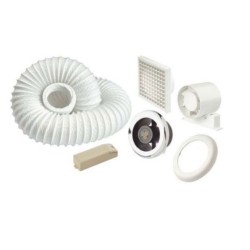
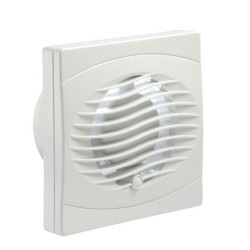
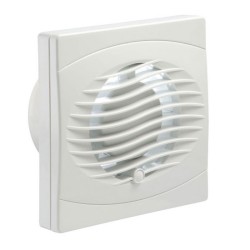
-250x250.jpg)
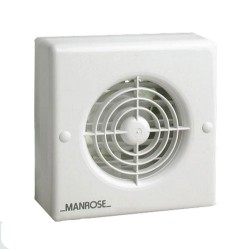
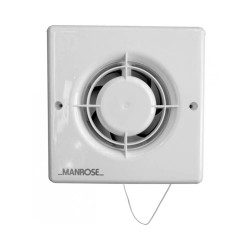
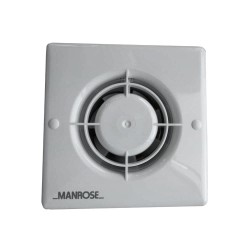
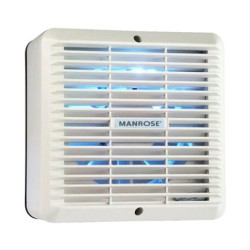


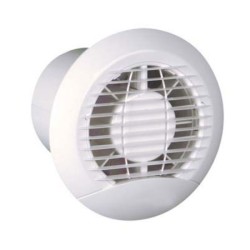
-250x250.jpg)

-250x250.jpg)
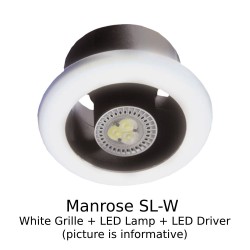
 1.jpg)